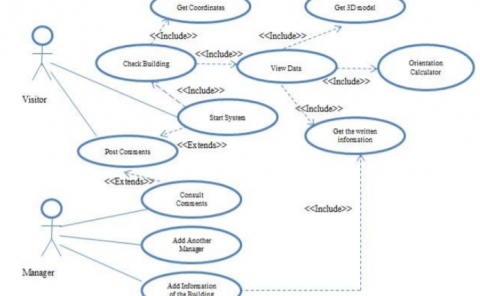Proactive 3C Resource Allocation for Wireless Virtual Reality Using Deep Reinforcement Learning
PubDate: February 2022
Teams: Chongqing University of Posts and Telecommunications
Writers: Weixi Chen; Qingyang Song; Peng Lin; Lei Guo; Abbas Jamalipour
PDF: Proactive 3C Resource Allocation for Wireless Virtual Reality Using Deep Reinforcement Learning

Abstract
Virtual reality (VR) over wireless has emerged as an important application in future mobile networks. However, it is difficult for the existing mobile networks to meet the requirements of massive data transmissions and ultra-low latency for wireless VR. Multi-access edge computing (MEC) network, providing caching and computing capacities at network edge, emerges as a promising method to support wireless VR. However, mobile VR users’ quality of experience (QoE) may be degraded by frequent handoffs. In this paper, we propose a proactive caching, computing and communication (3C) resource allocation method to provide smooth VR videos to handoff users. Specifically, the expected 3-dimensional (3D) video or 2D video for rendering is cached at a target base station (BS) ahead of time, and the size and quality of the video file are decided according to the 3C resources at the BS. Then, we model the the proactive 3C resource allocation as a Markov decision process and an effective allocation policy is obtained by a model-free algorithm based on deep reinforcement learning. Numerical results show that the proposed method can provide VR users with high QoE when they are moving between BSs.



